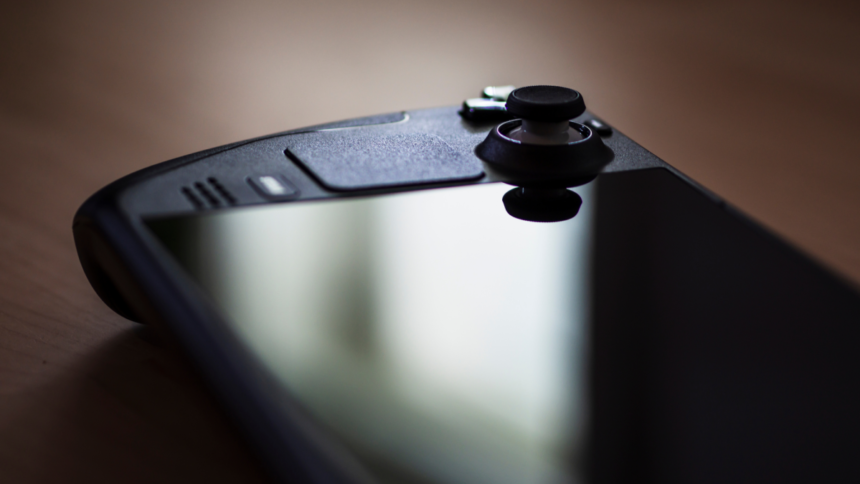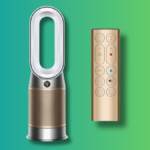The Steam Deck: Unlocking Your Portable Gaming Potential
The Steam Deck transforms your PC gaming experience into a handheld format, creating an enticing façade. At its core, the Steam Deck operates as a Linux-based computer, utilizing a controller-friendly interface. This design empowers users to dive deep into modifications and customizations, akin to what is possible on a traditional gaming PC, by accessing Steam’s Desktop interface.
In Desktop mode, users are greeted with a complete Linux desktop environment—specifically KDE Plasma—equipped with Firefox for internet browsing, a file manager, and the full desktop version of Steam. Although it differs from Windows, those familiar with adjusting settings or altering game files on Steam will find this setup quite approachable.
This mode is essential for installing third-party launchers, modding games, or running emulators. There’s a world of possibilities waiting to be explored with just a simple switch in the interface. Here’s how to begin.
Accessing Desktop Mode
Switching to Desktop mode is straightforward, ensuring that anyone can navigate the process with ease. Follow these steps:
-
Press the Steam button located beneath the left touchpad.
-
Choose Power.
-
Select Switch to Desktop.
That’s all there is to it! Keep in mind that this action effectively restarts your device, so ensure any active game progress is saved. After a brief black screen, you’ll be welcomed by a desktop interface featuring various shortcuts and a toolbar at the bottom.
Navigating the Desktop on a Steam Deck
Although connecting a mouse and keyboard is an option, it’s not a necessity. A few essential controls will help navigate the interface as seamlessly as any regular PC:
-
Utilizing the touchscreen: Being a touchscreen device, you can tap directly on items on the screen. While it might lack precision, this method is straightforward.
-
The right trackpad: Functioning like a typical computer touchpad, the right trackpad allows you to control the cursor effectively.
-
The left trackpad: Acts as your scroll wheel; swipe up and down to scroll through focused websites or menus.
-
Clicking and right-clicking: Use the right trigger for clicking and the left trigger for right-clicking. This method may seem peculiar at first but becomes intuitive over time.
-
On-screen keyboard: Press Steam + X to open the virtual keyboard for text input. Dismiss it by tapping the keyboard icon in the bottom right when finished.
Mastering these controls will enable you to efficiently navigate most of the desktop interface. While it may take a moment to adjust, proficiency will come swiftly. With that, you can explore your Steam Deck’s file system.
Installing Non-Steam Game Launchers
Though Steam serves as the primary game outlet for the Steam Deck, users can also install alternative launchers. Previously, this required complex steps, but dedicated volunteers have streamlined the process, making it much more user-friendly. Launchers such as GOG Galaxy and Epic Games Store can be installed with relative ease.
It’s important to note that these launchers aren’t officially supported, so researching installation methods specifically for Steam Deck is advisable. Since the Steam Deck operates on a Linux foundation, it can run Windows applications through the impressive Proton compatibility layer. While this path might come with a few bugs, it opens avenues to numerous games that wouldn’t be accessible otherwise.
Getting Started with Game Modding
Modding offers an excellent way to rejuvenate beloved games, and Steam generally provides strong support for such customizations. Though it’s not immediately straightforward from the default Steam Deck interface, accessing Desktop mode significantly simplifies this process. Use Firefox to explore popular modding sites like NexusMods and employ the Dolphin file manager to manage game files effortlessly.
Accessing the desktop version of Steam makes navigating game files simpler. Right-click (using the left trigger) on any title in your library, then select Properties > Installed Files and click on Browse to view the respective game folder.
In some instances, modding might be even more convenient. NexusMods is in the process of developing a dedicated Steam Deck version of its mod manager that currently supports Stardew Valley and aims to incorporate more games soon.
Enhancing Your Experience with Peripherals
The Steam Deck’s USB-C port opens up a world of peripheral connectivity, effectively allowing users to transform the device into a full-fledged PC. Valve offers an official docking station, but more affordable alternatives exist from suppliers like Anker.
Bluetooth functionality further supports connections for wireless mice and keyboards. By doing so, you can connect:
-
External monitors: The Steam Deck features a 1280×800 display, suitable for its size—but for a more immersive experience, connecting an external monitor is recommended.
-
Keyboards and mice: Given that Steam and its games are designed for a PC interface, adding these peripherals makes navigating Desktop mode much smoother.
-
External hard drives: The Steam Deck has limited storage, so utilizing an external drive allows for game management without the hassle of continuous downloads.
-
Ethernet adapters: For online gaming, a wired Ethernet connection could offer improved latency. Docking stations can facilitate this feature, providing added connectivity without needing an entire laptop.
Even if the Steam Deck is primarily used in handheld mode, the refined experience makes it easy to forget that these games weren’t initially created for such a platform. However, exploring Desktop mode reveals a realm of customization and enhancement typically reserved for dedicated PC users.












